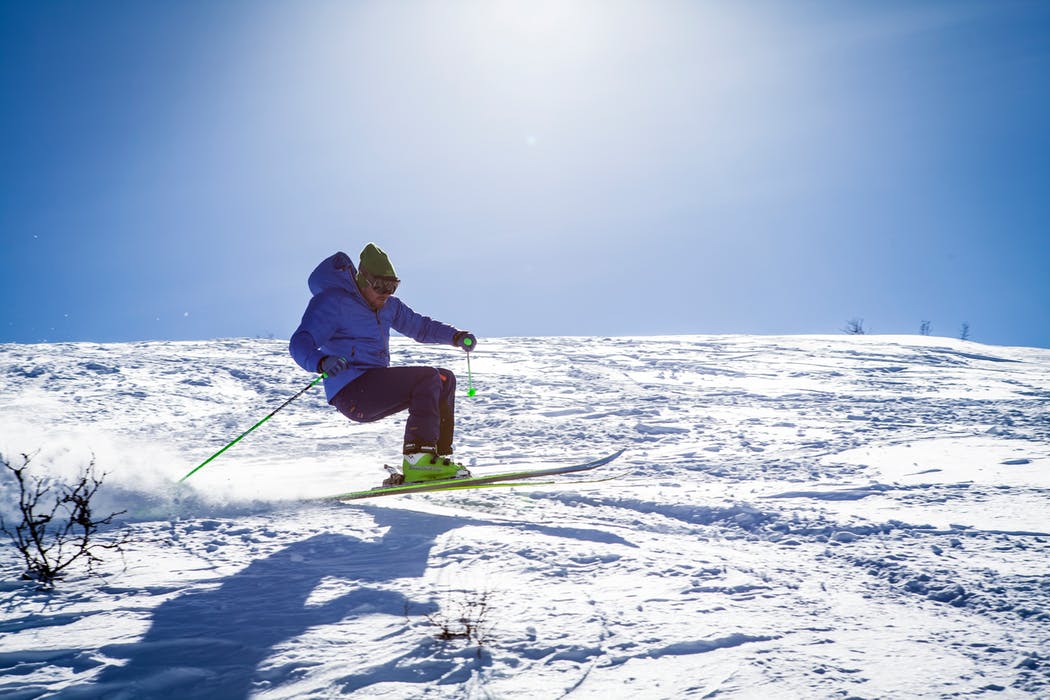
WITH the Easter Holidays in full swing and snowfall expected to blanket the Alps ahead of Easter Weekend, new research shows that Brits embarking on skiing holidays are leaving themselves open to the risk of theft.
Over a quarter of skiers (28%) admitted to not taking precautions when leaving ski equipment unattended, increasing the likelihood of equipment being stolen or damaged.
The findings, revealed by the UK’s leading price comparison website MoneySuperMarket, looked into travel insurance pitfalls experienced by Brits and found that a high proportion of those enjoying a ski holiday are doing so without a specialist ski insurance policy, taking a big financial risk.
While the most common worry for those heading to the mountains is the risk of accidental injury, the study found that the theft or loss of skiing equipment is also cause for concern, with 14% of skiers having their equipment stolen during their time on the slopes.
A shocking 61% of skiers admit they make no attempt to mark their equipment, leaving them exposed to potential theft or damage. With standard travel insurance seldom ensuring protection for ski claims, including equipment theft or indeed injury, the findings from MoneySuperMarket highlight the importance of taking out a specialised ski insurance policy before booting up.
The question of whether to rent ski equipment or to ‘bring your own’ ultimately comes down to cost. According to new data from Intersport, the average return airline baggage fee for snow sports equipment is greater than the average rental price for skis and poles in France, suggesting that hiring equipment once at the destination is in fact the more cost-effective approach.
The study also looked in to the most popular ski destinations across Europe. Unsurprisingly, France wins the race, with its’ vast array of resorts throughout the Alps. Austria is the second most popular ski destination for Brits, with Italy, Bulgaria and Switzerland following respectively.
Kevin Pratt, Consumer Affairs Expert at MoneySuperMarket, commented: “An appropriate travel insurance policy is a crucial purchase for any trip and it is even more so the case for a ski holiday.
“With the potential risks that come with a skiing trip, it is important to purchase a specialist cover designed to protect yourself, as well as any skiing equipment you may hire or buy. So when choosing your policy, it is essential to consider how long you will need the insurance for and where you will be going.
“The level of cover differs between the UK, Europe and the rest of the world so you need to ensure that the policy includes all of the activities you are planning to do while on holiday otherwise you may be left paying fees you were not expecting to.”

Enjoy the convenience of having The Sunday Post delivered as a digital ePaper straight to your smartphone, tablet or computer.
Subscribe for only £5.49 a month and enjoy all the benefits of the printed paper as a digital replica.
Subscribe